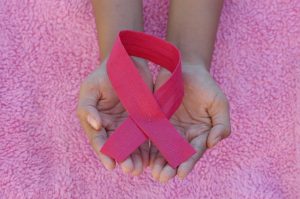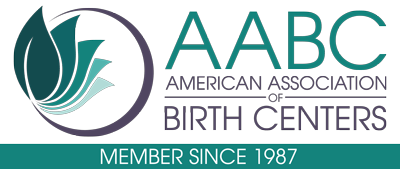 October is Breast Cancer Awareness Month. The month is focused on early detection, education, and awareness. It’s also a time to recognize and support people affected by breast cancer.
October is Breast Cancer Awareness Month. The month is focused on early detection, education, and awareness. It’s also a time to recognize and support people affected by breast cancer.
Unfortunately, each year 264,000 women in the United States are diagnosed with breast cancer. And more than 40,000 die from breast cancer each year. While these statistics focus on women, men can also get breast cancer, it’s just less common (accounting for about 1 in every 100 breast cancer cases).
Screening and early detection are such a focus when it comes to breast cancer because of how effective they can be. While breast cancer can be deadly, when it’s detected early outcomes can be good.
Unlike some other cancers, while not 100% reliable, there is a screening test for breast cancer—the mammogram. Mammograms are a radiologic test (essentially an x-ray of the breasts) that can detect abnormal breast tissue. Breast cancer can be detected even in its early stages through a mammogram, making it an excellent screening tool. Mammograms can detect breast cancer even before you can physically feel any symptoms or have noticeable signs.
The recommendations on when to get a mammogram depend on your personal background and depend on who you ask. Mammograms are now being recommended earlier than they used to be, and many organizations support insurance companies covering them for younger women, regardless of their risk factors. Screening and early detection are truly invaluable.
Sometimes cases of breast cancer can be hereditary (meaning it runs in your family due to your genes), however it’s estimated that only 10% of cases are hereditary. This means that the majority of women who are diagnosed with breast cancer do not have a specific genetic disposition that caused it.
There are specific genes that run in families, including BRCA1 and BRCA2, that are associated with increased breast cancer risk. If you have a family history of breast cancer, it is possible to be tested for these genes to determine if you may be at a higher risk of developing breast cancer due to your DNA. Deciding to get tested can be a difficult decision but can allow you to increase the frequency and intensity of your screenings if needed.
To make screenings more accessible for all, many communities have free or low-cost mammogram programs. To get more information about cancer screening in California, you can contact the Centers for Disease Control and Prevention’s cancer screening program for the state.
It’s also important for all women (regardless of risk factors, family history, or age) to perform regular breast self exams. Self exams help you become familiar with what YOUR normal is for your breasts, so if anything changes, you can seek medical care sooner rather than later. Not all lumps and bumps in breasts are cancer (most aren’t!), so it’s a good practice to be familiar with how your breasts feel and bring up any concerns to your providers, who can also perform a physical exam to determine if you need further screening.
So this month, start your routine of self exams if you haven’t already and ensure you’re up to date on preventative well woman health exams. Touch base with your providers about any questions or concerns you have and share something you’ve learned about breast cancer with another woman in your life. Remember those who have lost their lives to breast cancer and hug any survivors you know a little bit tighter.





